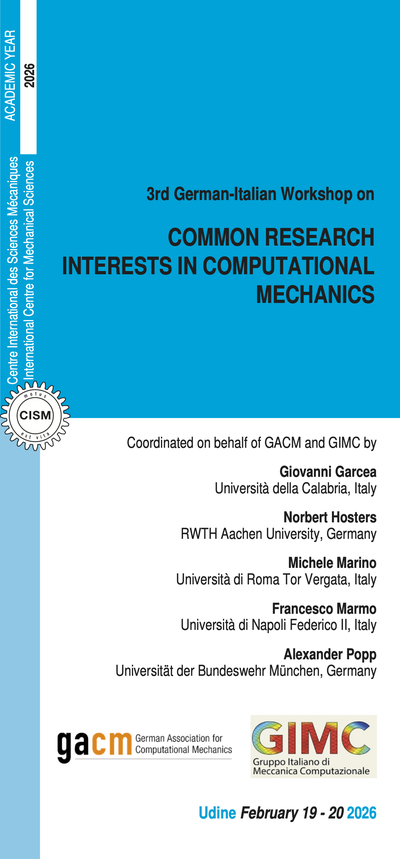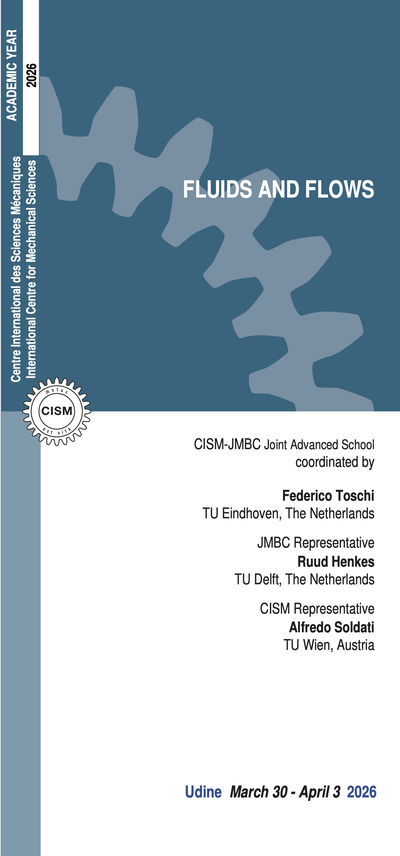Balmforth, N. J., Llewellyn- Smith, S. G. & Young, W. R. 1998 Dynamics ofinterfaces and layers in a stratified turbulent fluid. J. Fluid Mech. 355, 329–358.
Fernando, H. J. S. 1991 Turbulent mixing in stratified fluids. Annu. Rev. Fluid Mech. 23, 455–493.
Linden, P. F. 1979 Mixing in stratified fluids. Geophys. Astro. Fluid Dyn. 13, 3–23.
Shih, L. H., Koseff, J. R., Ivey, G. N. & Ferziger, J. H. 2005 Parameterization of turbulent fluxes and scales using homogeneous sheared stably stratified turbulence simulations. J. Fluid Mech. 525, 193–214.
Turner, J. S. 1972 Buoyancy effects in fluids. CUP
Venayagamoorthy, S. K. & Koseff, J. R. 2016 On the flux Richardson number in stably stratified turbulence. J. Fluid Mech. 798, R1.
6 lectures on: Stability of stratified shear flows and the application to the laminar turbulence transition. The role of internal waves and scaling analysis.
6 lectures on: Advanced experimental techniques in stratified turbulence. Applications to the measurement of mixing efficiency and the roles of internal and external mixing processes.
6 lectures on: The generation of stratified turbulence in the ocean (breaking internal waves, gravity currents etc)? The representation of mixing in ocean models (parameterizations of internal-wave driven mixing and mixing in overflows). The impact of stratified turbulence-driven mixing on the large scale ocean circulation.
5 lectures on: General introduction and dimensional analysis applied to stratified turbulence. The form of the turbulent spectrum and the role of fluid properties in mixing.
6 lectures on: The main questions raised by turbulent mixing in stratified turbulence in our quest to understand celestial bodies. This will bring us into the radiative zone of stars and accretion discs where the transport of angular momentum and/or chemical elements is still a difficulty of the models. We will consider wave mixing, overshooting, penetrative convection and stratified turbulence in the context of fluids characterised by a low Prandtl number, a strong density stratification and magnetic fields.
6 lectures on: The importance of mixing in natural media, such as the Southern Ocean and the stable atmospheric boundary layer, as inferred from "advanced numerical modelling" in idealized or realistic conditions. An evaluation of the use of direct numerical and large eddy simulations of stratified turbulence.
* Italian VAT is 22%.





